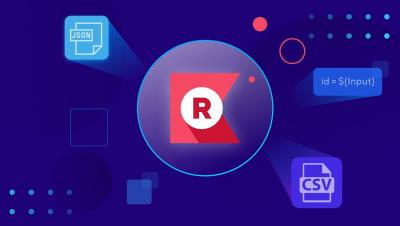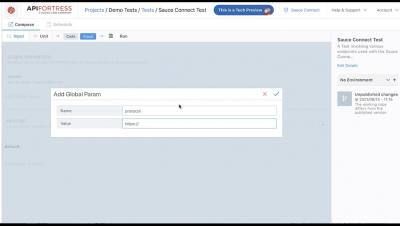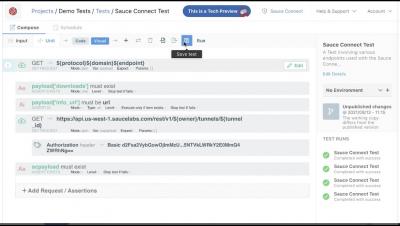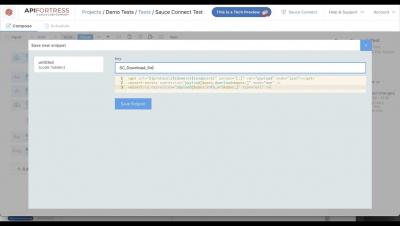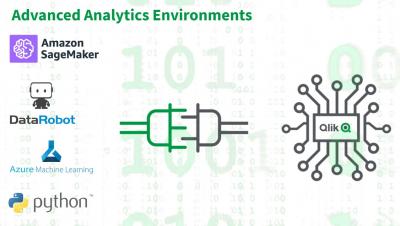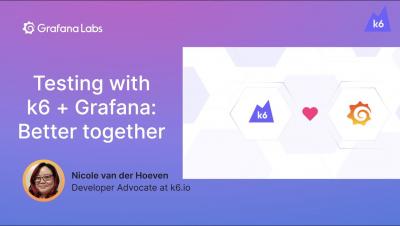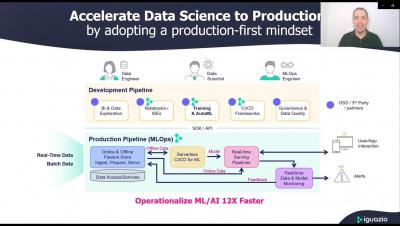10 Things Testers Wish CIOs and CTOs Knew About Testing: Episode 2
In this new series from Sauce Labs, Marcus Merrell addresses ten things he wishes CIOs and CTOs understood about testing. In episode two, Marcus dispels a common myth: The goal of testing is not perfect software, but risk mitigation. Come along on this ten-episode journey to learn some best practices while Marcus dispels some myths about the testing space.



